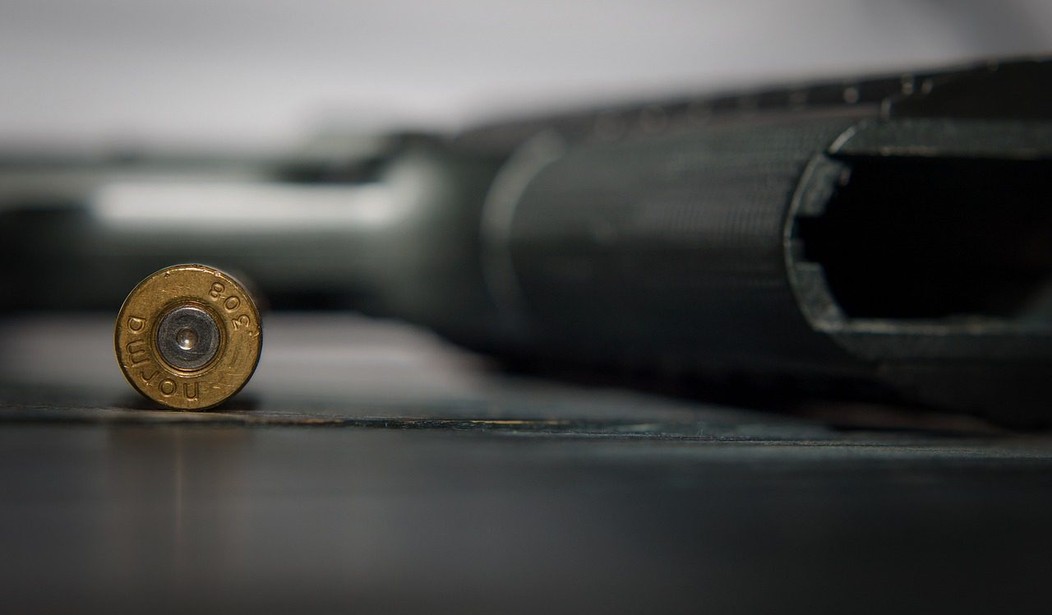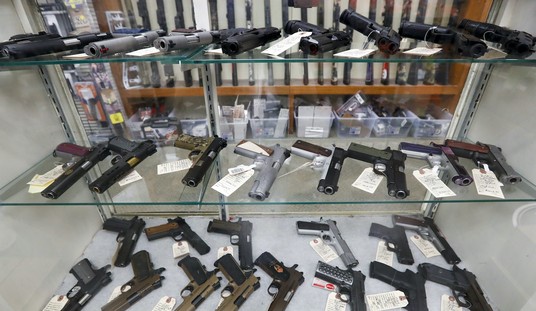Emotions carry a lot of weight in political discourse, but not everyone will fall for that. Some people want hard data, not feelings, before making a decision about where to stand on a given issue. They want statistics.
To be honest, that’s fair. Stats on shootings and violence are important.
What’s also, important, is where they come from. Biased sources have a tendency to create biased statistics, which is fine so long as everyone acknowledges the bias.
Yet an attempt to look at mass shooting statistics fails to do that.
Gun violence is a fixture in American life – but the issue is a highly political one, pitting gun control advocates against people who are fiercely protective of their right to bear arms.
We’ve looked into some of the numbers behind firearms in the US.
Mass shootings on the rise
There have been more than 130 mass shootings across the US so far this year, including the attack at a school in Nashville, in which three children and three adults were killed.
Figures from the Gun Violence Archive – a non-profit research database – show that the number of mass shootings has gone up significantly in recent years.
In each of the last three years, there have been more than 600 mass shootings, almost two a day on average.
Except, Gun Violence Archive isn’t some unbiased source simply collecting data. They’re biased as hell. The entire database exists to try and help push gun control.
Their definition of a mass shooting–which the above-linked piece does provide–is calculated not to clarify what is going on in our nation but to try and inflate the total number of such shootings to a level most would be more than uncomfortable with.
The problem is, that definition isn’t what people think of when they hear the term “mass shooting.”
Even with a definition provided, many will still think of things like Nashville when they hear the term and equate the two even though they’re very different.
So while trying to use statistics to explain the mass shooting issue, they’re providing relative nonsense.
“But why does it matter?” someone might ask.
It matters because many of the shootings included in those numbers are actually gang shootings. They’re gun battles between bands of armed criminals. Those have very different causes than something like Nashville.
Unless, of course, you believe the only cause that matters is the availability of guns.
That’s why so many people on this side of the debate dismiss Gun Violence Archive statistics. They ignore so many of the facts surrounding various kinds of shootings and try to equate them to one another despite being so different.
If you’re going to try to explain so-called gun violence in the United States with statistics, it would behoove you to use some that aren’t manipulated in a way to achieve a desired outcome. It’s dishonest, but that’s what we expect from the media.
Still, a guy can dream that someday, someone will want to do journalism better than is currently being done.








Join the conversation as a VIP Member